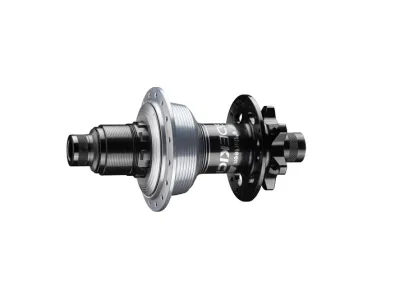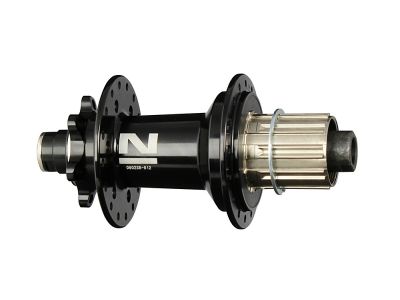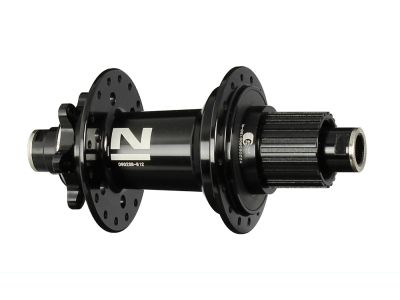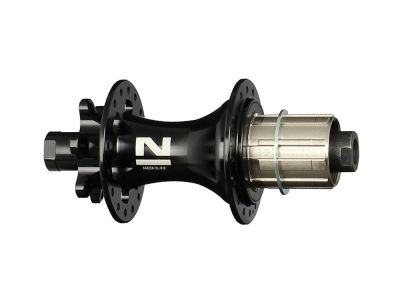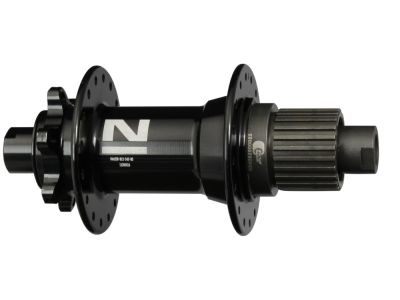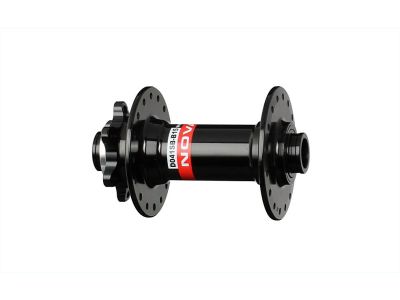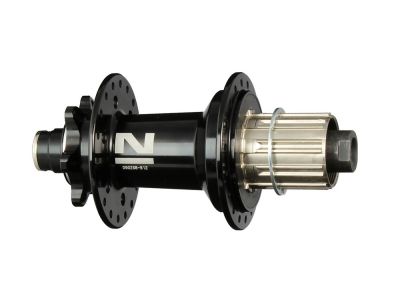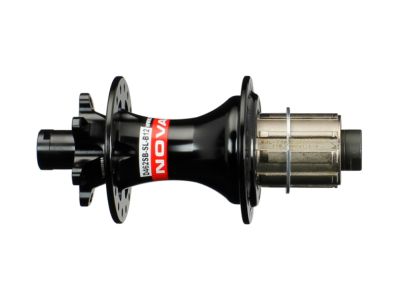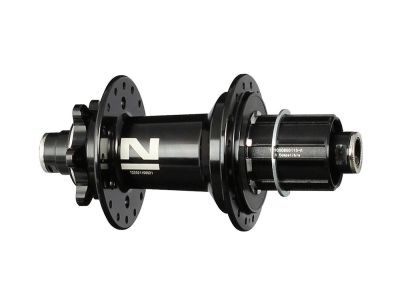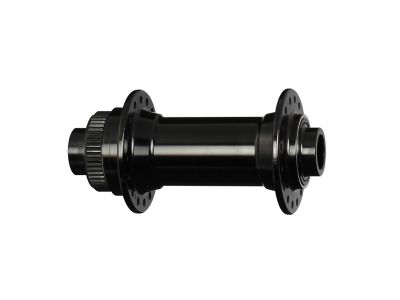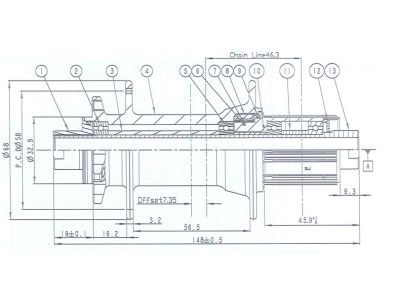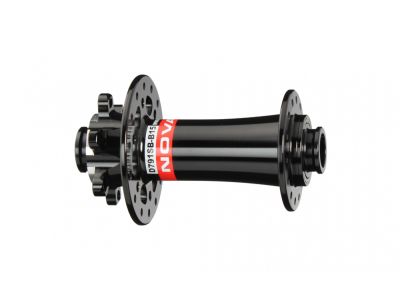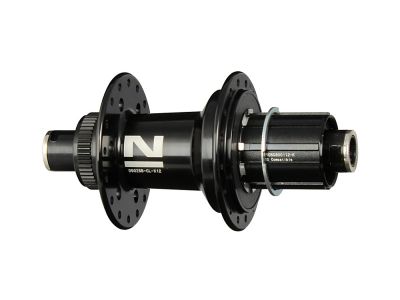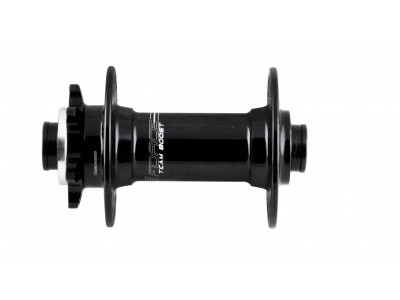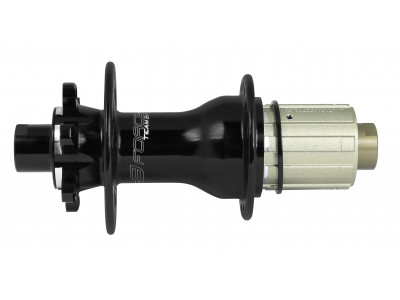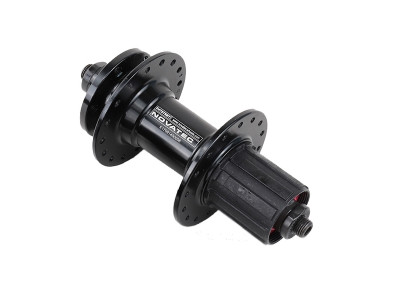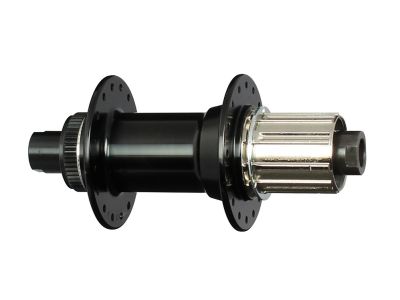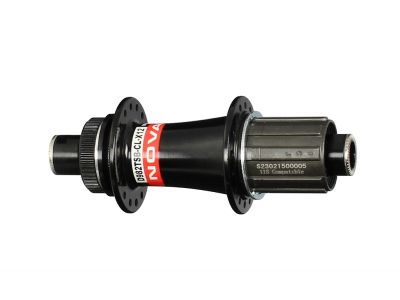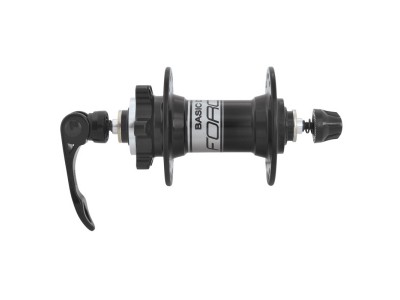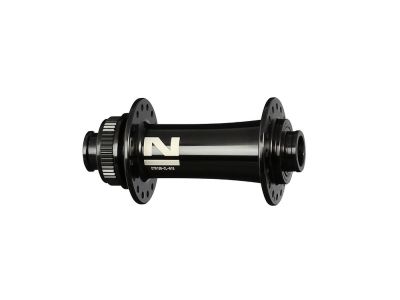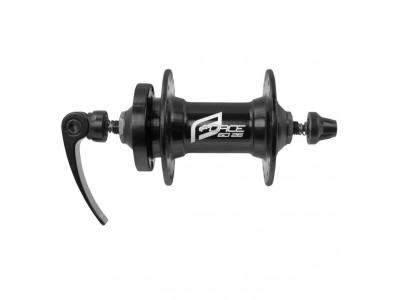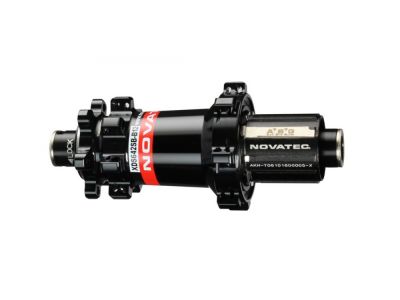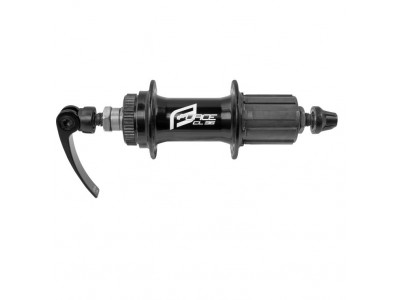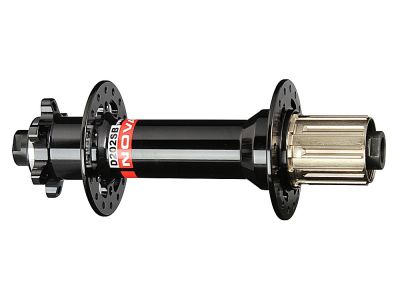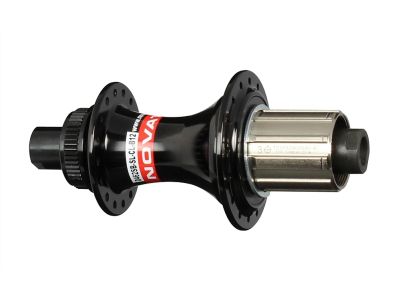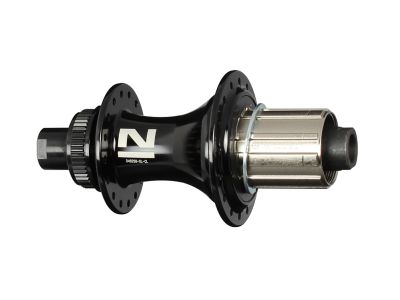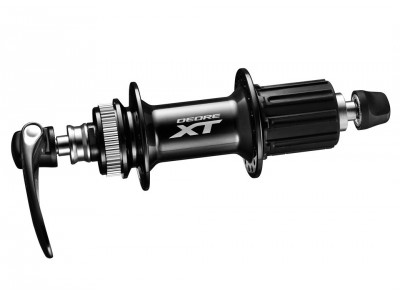
-5% Shimano XT FH-M8000 rear hub, Center Lock, 32 hole, quick release, Shimano HG nut
55 €
-5%
RRP 91.99 €

-13% Shimano FH-MT400 rear hub, 32 holes, 12x142 mm, CL, Shimano HG, (OEM)
38.99 €
-13%
RRP 45.99 €
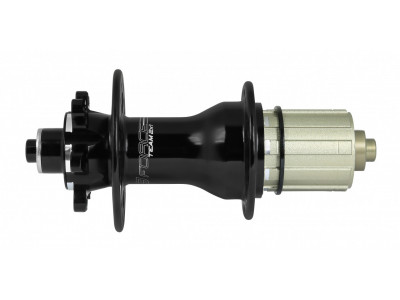
-14% FORCE Team Disc rear hub, 32 holes, QR, 6 bolts, Shimano HG
58.99 €
-14%
RRP 68.99 €
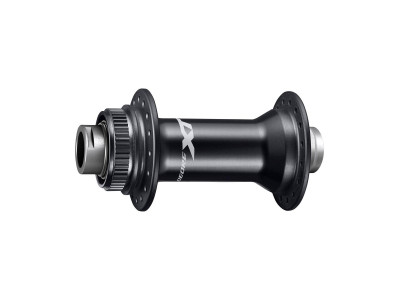
savings Shimano XT HB-M8110 disc brake front hub, E-THRU Axle, Center Lock, 32 holes, 15x110 mm
28 €
savings
RRP 83.99 €
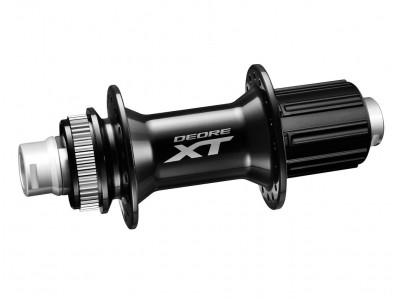
savings Shimano XT FH-M8010 rear hub, 32 holes, 12x142 mm, Center Lock, Shimano HG hub
69 €
savings
RRP 109 €
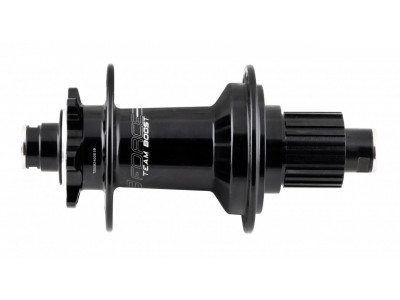
-12% FORCE rear hub TEAM BOOST X12, 6 holes, k. 32 holes, black
74.99 €
-12%
RRP 84.99 €
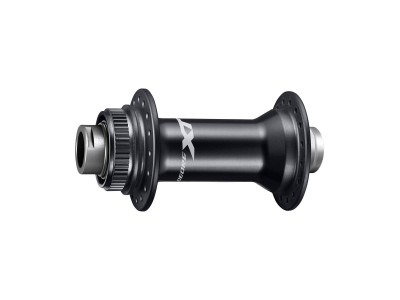
-26% Shimano Deore XT HB-M8110 front hub, Center Lock, 32 holes, 15x100 mm
49.90 €
-26%
RRP 83.99 €
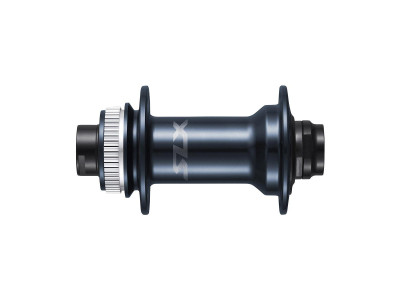
-21% Shimano SLX HB-M7110 front hub, 15x100 mm, 32 holes, CenterLock
23 €
-21%
RRP 66.99 €
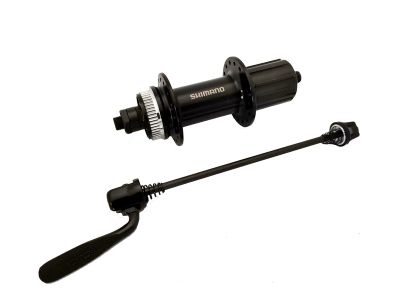
-23% Shimano FH-TX505-8 rear hub, 32 holes, QR, Centerlock, Shimano HG, OEM
11.99 €
-23%
RRP 18.39 €
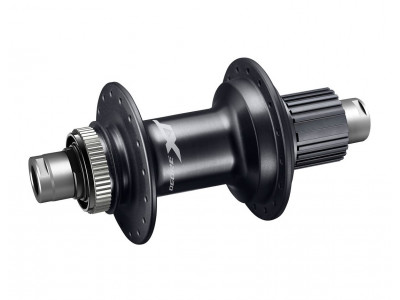
-25% Shimano FH-M8110 rear hub, 12x142 mm, CenterLock, Micro Spline, 28 holes
44 €
-25%
RRP 135 €
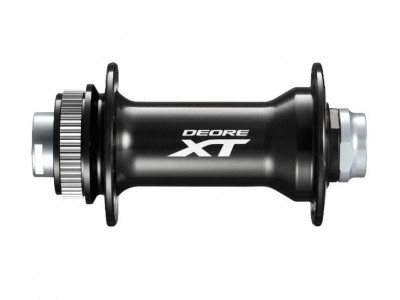
-45% Shimano Deore XT HB-M8010 CL hub, 15x100, 32d, front, black
27 €
-45%
RRP 76.99 €
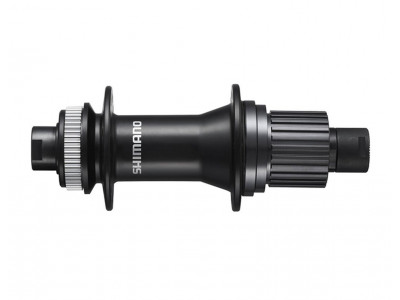
-13% Shimano FH-MT510 rear hub, 12x142 mm, 32 hole, Center Lock, orech Micro Spline
34.90 €
-13%
RRP 56.99 €
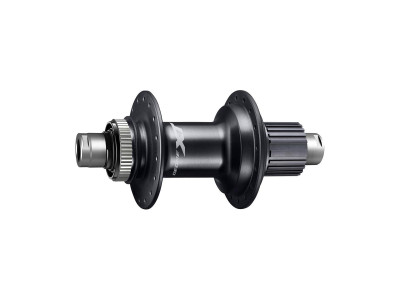
-62% Shimano Deore XT FH-M8110 rear hub, 12x142 mm, 32 hole, Center Lock, Micro Spline
44 €
-62%
RRP 135 €
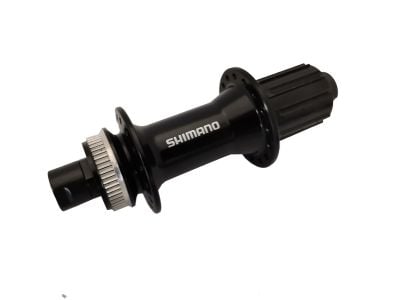
-11% Shimano FH-MT400-B Boost rear hub, 32 hole, 12x148 mm, CL (OEM)
32.99 €
-11%
RRP 37.99 €
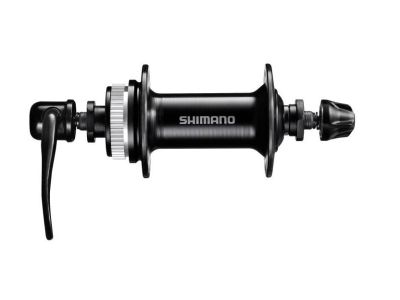
-14% Shimano HB-TX505 front hub, 32 holes, quick link, Center Lock
5.99 €
-14%
RRP 6.99 €
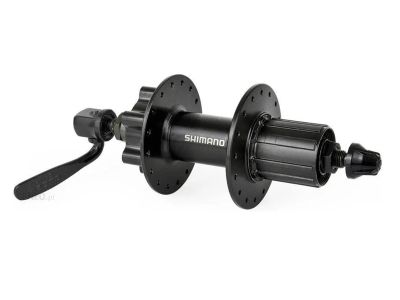
-33% Shimano FH-TX506 rear hub, 32 holes, QR, 6 holes, Shimano, OEM
17.99 €
-33%
RRP 26.99 €
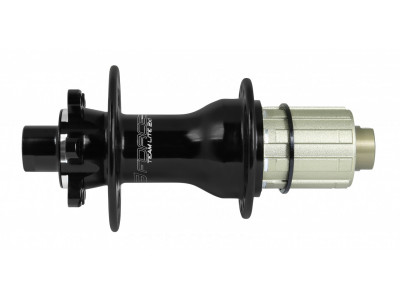
FORCE Team Lite Disc rear hub, 28 holes, 12x142 mm, 6-hole, Shimano HG11
71.99 €
RRP 84.99 €


